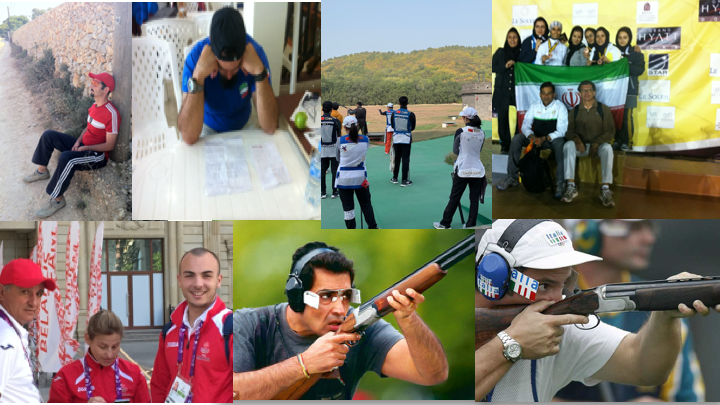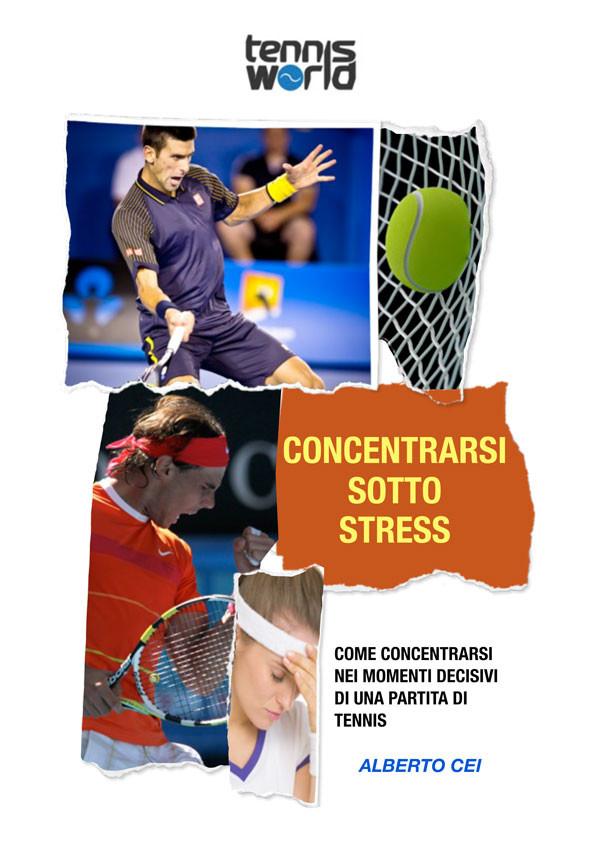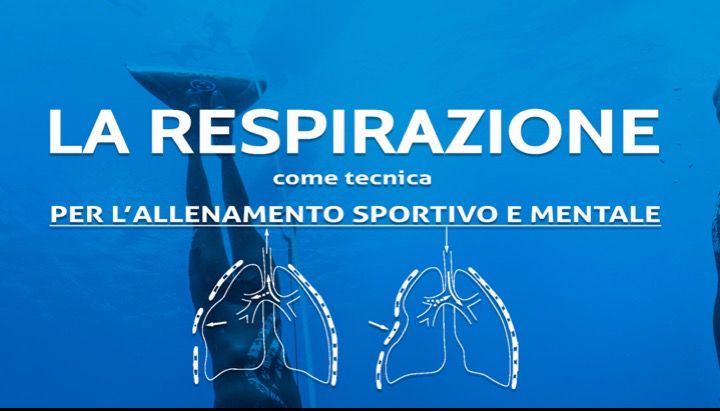The coaching profession has become increasingly challenging for many social and psychological reasons. From a social standpoint, today, for a young person of any age, it’s not possible to practice a sport without joining a sports club and attending training sessions. Therefore, anyone who wants to play sports must do so within an organization and at specific times.
Those who once went to the park or gardens near their home simply to play soccer with friends, to spend time moving around, now must enroll in a soccer school, just like those who have a true passion for the sport and play with the idea of pursuing it even as a teenager and perhaps becoming a professional player.
Within these sports contexts, I observe coaches struggling to teach anything beyond strictly technical aspects. Concentration is a problem for today’s youth (and not only for them); for example, you see youngsters preparing with incorrect posture to perform exercises, and teachers correcting the execution without addressing the original posture. The result is that the technique cannot be properly learned, but what’s even more concerning is that the youngsters don’t associate posture with technical action. Consequently, their focus is on the execution rather than what precedes it. This is confirmed by the instructor’s correction, which also focuses on the technique.
In this way, young people learn that they only need to pay attention to technique, that what precedes the shot is insignificant, and they ignore that the posture preceding the shot is essential for executing it correctly. Thus, at best, they learn to concentrate only on one part of the movement, without recognizing that sports action consists of a sequence of movements closely connected to each other.
From this mental framework arise typical phrases such as: “Today, I couldn’t feel the shots,” “every time I tried, I missed,” “today I just can’t perform that movement. It’s pointless for me to keep trying,” “I was always late on the action,” “I couldn’t hit because I was stiff.”








